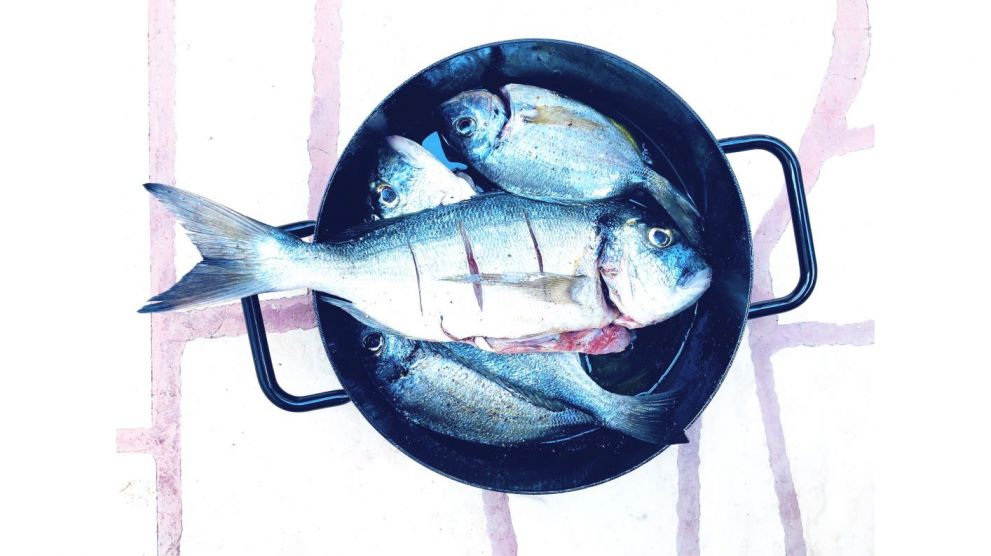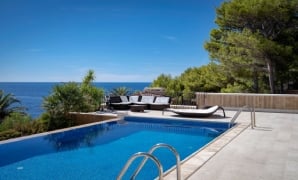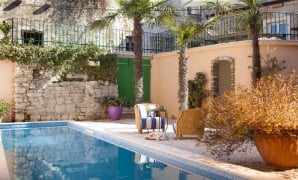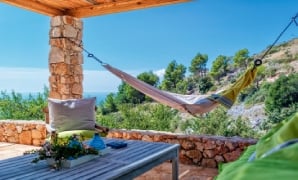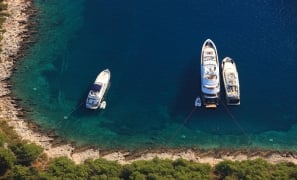The Mediterranean Diet as It Once Was, and as it should be...
Did you know that Hvar has more UNESCO heritage than any island in the world - five in fact? From the UNESCO World Heritage Site of the Stari Grad Plain, to the intangible heritage of the lace of the Benedictine nuns, the klapa singing of southern Dalmatia and the 500-year-old Za Krizen procession in Holy Week in Jelsa and surrounding villages.
And let's not forget Hvar's Mediterranean Diet.
Back in 2013, along with the island of Brac and several other destinations around the Mediterranean, Hvar's Mediterranean Diet became the latest island treasure to be inscribed into the world of UNESCO. With some of the world's finest olive oil, a quality wine tradition dating back to the Ancient Greeks, and an emphasis on the freshest local produce - both from the abundant Adriatic and the fields of local farmers, it is not hard to see why the Hvar diet is so healthy and so popular.
Locals have been waking up to the potential of what they have in recent years, whereas they perhaps they took it for granted previously. There has been a very encouraging trend of small local businesses opening their doors to visitors, allowing them to sample and buy Hvar's delicious homemade produce directly from the grower.
Whereas 15 years ago, hospitality was centred on the coastal towns and resorts of Hvar, over the last few years, there has been a noticeable development in the culinary scene of inland Hvar, with new restaurants opening up in Velo Grablje, Vrbanj, Vrisnik, Dol, Pitve and Svirce over the last decade, to name but a few.
The overwhelming emphasis is on home-grown, locally produced ingredients, giving diners a taste of the true Hvar diet. It is very often the case that everything is sourced locally, apart from meat imported from the mainland - fish from the family fishermen, vegetables from the family field, wine and olive oil from the family vineyards and olive groves.
The Mediterranean Diet as It Once Was, and as it should be...
An additional attraction of this traditional dining, of course, is that most of these eateries are located in traditional stone houses, which belong to the family. In most cases, they are authentically decorated with artefacts from the past, allowing tourists an intimate look into the harsh realities of life in Dalmatia before tourism.
Another very encouraging trend in recent years has been the rise in popularity of cooking classes. It is one thing to taste Dalmatian cuisine, it is quite another to learn how to prepare it and forage in the fields for the freshest local ingredients. This connection with the soil and the traditional Dalmatian way of life is an endearing holiday highlight for many.
And it is not just the emergence of new traditional restaurants. Small family businesses (OPG) are opening, allowing you to try their domestic produce as you wander around the villages. Don't miss the delicious goat cheeses on offer, but a word of warning too... One of the most popular homegrown products is rakija, and pretty much every family on the island produces their own. They made rakija from absolutely anything - olive oil, even tree bark - and the majority of them are delicious. Sage, honey, figs are all common and healthier for you than any medicine, many locals swear. And now that warning - every local will tell you that his rakija is best. They are not always telling the truth, as your head may confirm the following morning.
Hvar's traditional Mediterranean diet is a true delight to sample, so get off the beach at the end of another perfect day and start exploring your tastebuds...
*Author - Paul Bradbury
*Photo Credit - Majda Moškatelo
